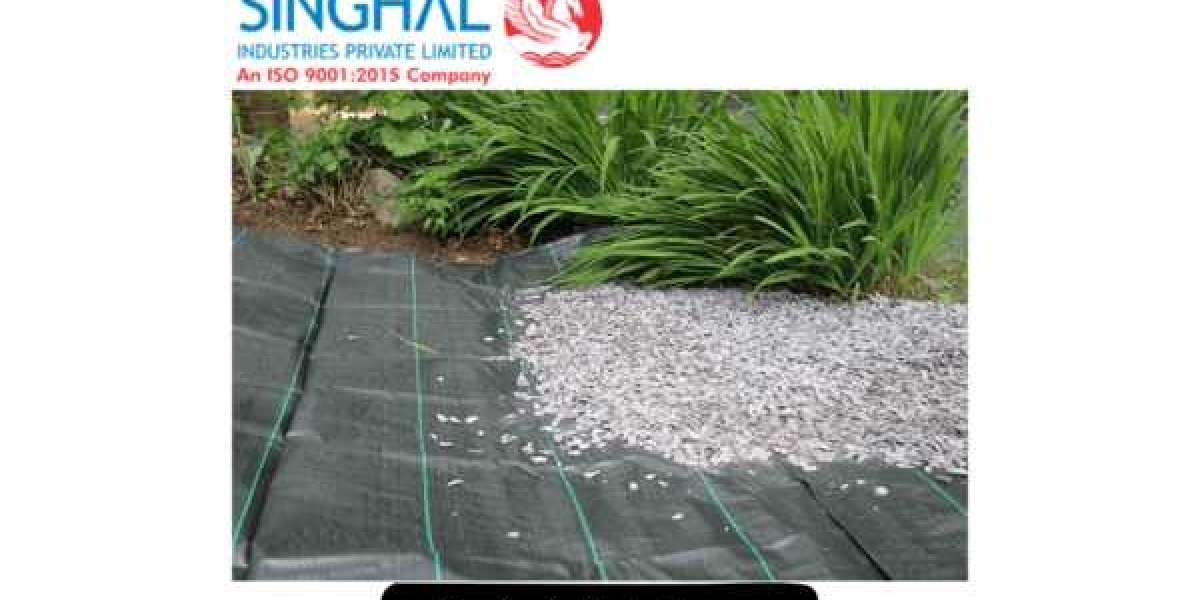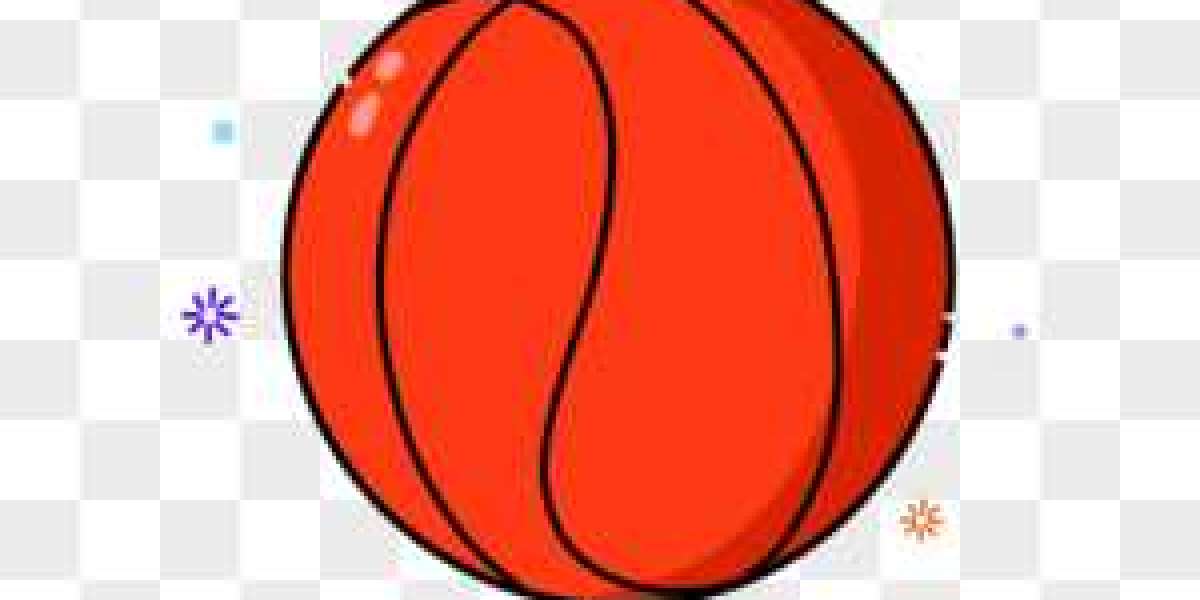Weeding: a nemesis to every gardener, stealing precious time and energy that could be spent nurturing your prized plants. While complete weed eradication might be a fantasy, achieving a significantly reduced weed population is a very real possibility. Weed control mats, also known as weed control sheets – a powerful tool in your fight for a flourishing, weed-free garden.
This article dives deep into the world of weed mats, exploring their benefits, different types, proper installation techniques, and how to get the most out of them. We'll also address frequently asked questions and conclude with some key takeaways to ensure your weed mats become a game-changer in your gardening journey.
Benefits of Weed Control Mats
Weed mats offer a multitude of advantages for gardeners, making them a popular choice for both novice and experienced green thumbs:
- Reduced Weeding: The primary benefit is evident in the name itself. Weed mats act as a physical barrier, preventing sunlight from reaching the soil surface. This significantly hinders weed seed germination and growth, dramatically reducing the need for constant weeding.
- Moisture Retention: Weed mats help retain soil moisture by minimizing evaporation. This translates to less frequent watering needs, especially during hot and dry periods.
- Improved Soil Temperature: By regulating soil temperature, weed mats help maintain a more consistent environment for plant growth. Cooler soil temperatures in the summer and warmer temperatures in the spring can benefit certain plants.
- Erosion Control: Weed mats can help prevent soil erosion, particularly on slopes or in windy areas. The mat acts as a protective layer, shielding the soil from the elements.
- Suppression of Existing Weeds: While not foolproof, weed mats can help suppress existing weeds by smothering them and blocking access to sunlight.
Types of Weed Control Mats
Weed mats come in a variety of materials, each with its own advantages and considerations:
- Woven Geotextiles: These durable, permeable mats are often made from polypropylene or polyester. They allow water and air to pass through while effectively blocking sunlight. Woven geotextiles are a good choice for long-term weed control in vegetable gardens and flower beds.
- Non-Woven Geotextiles: These mats are lighter and less durable than woven options. They are best suited for suppressing existing weeds or in ornamental gardens where aesthetics are important, as they are often black and can be visible.
- Biodegradable Mats: Made from natural materials like straw or coconut coir, these eco-friendly mats decompose over time, adding organic matter back to the soil. They are a good option for vegetable gardens where long-term weed control is not essential. However, they may require more frequent replacement.
Choosing the Right Weed Mat:
The ideal weed mat for your garden depends on several factors:
- Your climate: Woven geotextiles are a good choice for most climates. In very hot regions, consider a lighter, non-woven option.
- Application: For vegetable gardens, choose a permeable woven geotextile. For ornamental beds, a non-woven option can be suitable.
- Durability: Woven geotextiles offer the most extended lifespan.
- Biodegradability: For an eco-conscious approach, consider a biodegradable mat.
Weed Mat Installation Tips:
For optimal results, follow these steps when installing your Weed control sheet :
- Prepare the Bed: Thoroughly clear the area of all existing weeds and debris. Loosen the top few inches of soil for better water penetration.
- Cut the Mat: Measure the area to be covered and cut the weed mat to size, leaving a slight excess for edges.
- Secure the Edges: Use landscape staples or pins to secure the edges of the mat to prevent wind or movement.
- Planting: Cut holes in the mat for your desired plants, ensuring they are large enough to accommodate growth.
- Cover with Mulch: Apply a layer of organic mulch (bark, wood chips, etc.) on top of the weed mat around your plants. This will further suppress weeds, regulate moisture, and enhance aesthetics.
Weed Mat Factories and Sourcing:
Numerous weed mat factories worldwide manufacture a variety of weed control mats. A quick online search with the term "Weed mat factory" will provide you with a list of potential suppliers depending on your location. Consider factors like material options, price, and customer reviews when making your choice.
Conclusion
Weed control mats offer a valuable tool for gardeners seeking to reduce weeding time and effort. With proper selection, installation, and maintenance, weed mats can help you achieve a thriving, weed-free garden. Remember to choose the right type of mat for your needs, prepare the bed thoroughly, and consider using mulch in conjunction with the mat for optimal results. By incorporating weed mats into your gardening routine, you can free up precious time and energy to focus on nurturing your beautiful plants.
Frequently Asked Questions (FAQs)
Q1: Will weed mats completely eliminate weeds?
A1: Weed mats significantly reduce weed growth, but they won't completely eliminate them. Seeds can still blow onto the mat or weeds can emerge from the edges. Regular monitoring and spot weeding might still be necessary.
Q2: How long do weed mats last?
A2: The lifespan of a weed mat depends on the material. Woven geotextiles can last for several years, while non-woven options might need replacing every 2-3 years. Biodegradable mats will decompose within a year or two.
Q3: Are weed mats safe for use around vegetables and edible plants?
A3: Most commercially available weed mats are considered safe for use around vegetables and edible plants. However, it's always a good practice to check the manufacturer's specifications to ensure the material is non-toxic and suitable for your intended use.













